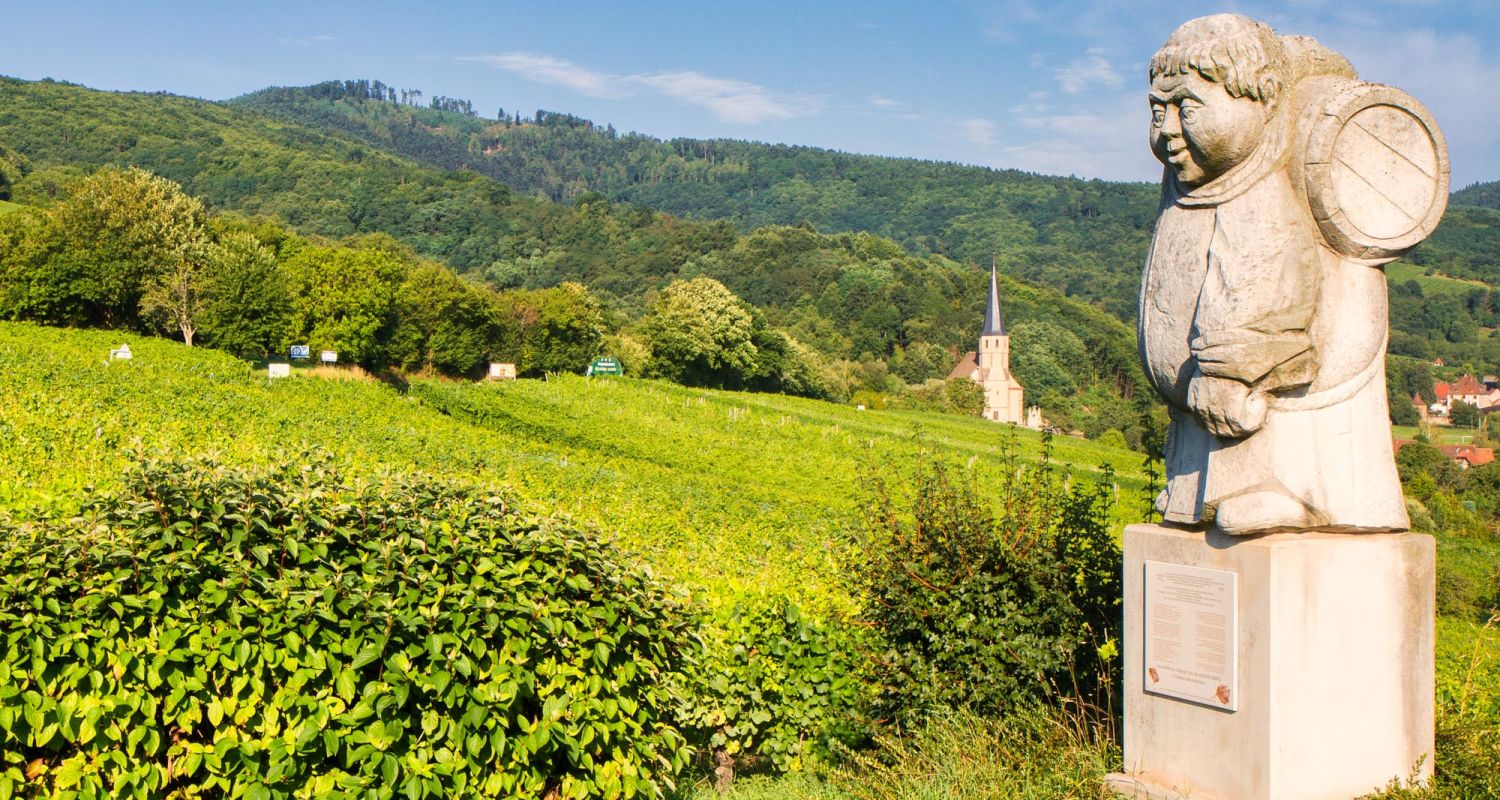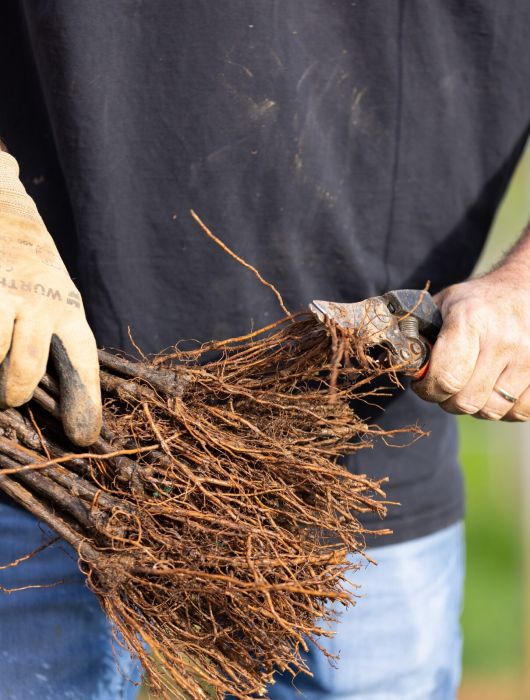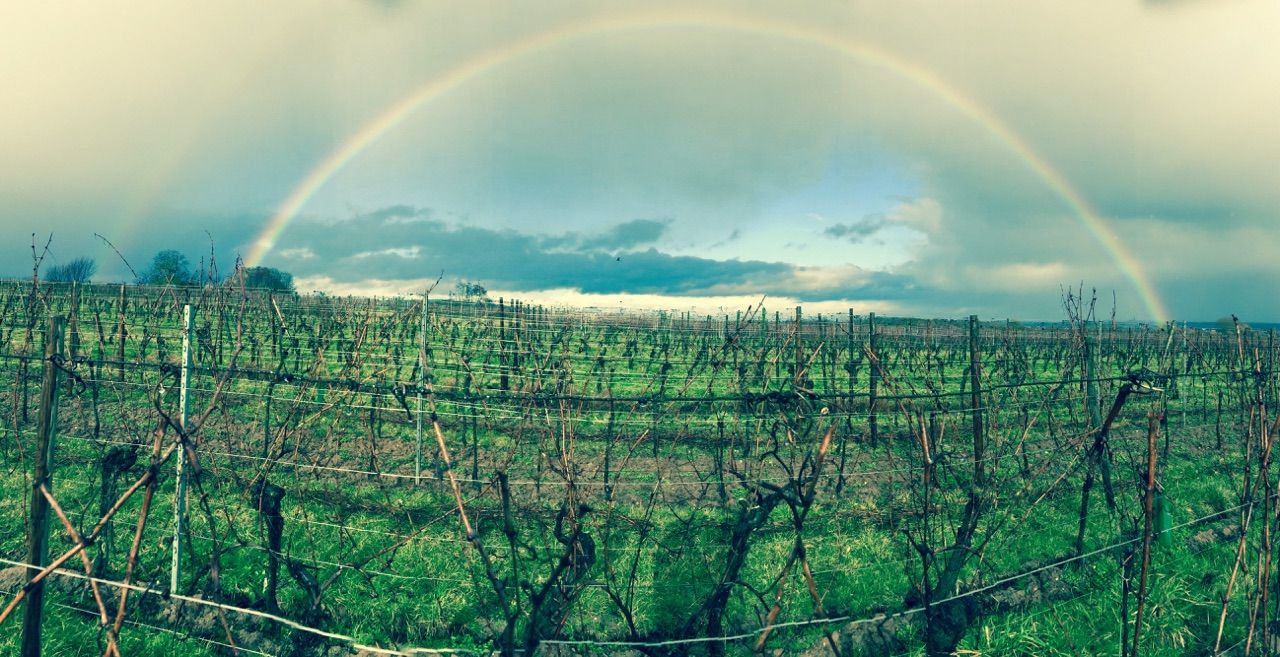It is the most confidential wine of Alsace, a curiosity specific to the village of Heiligenstein. Klevener (not to be confused with klevner, the Alsatian name for pinot blanc) is this old traminer grape variety, in other words the pink savagnin, a relative of the white savagnin which, in the Jura, gives the yellow wine. In 1970, the klevener had almost disappeared from Alsace, there were only 3 ha left in Heiligenstein. Today, it occupies about 60 hectares. Its decree of appellation as A.O.C. Alsace Klevener de Heiligenstein dates from 1997. It offers well-balanced, well-structured wines, with a sweet aroma (peach, rose, mango), less spicy and less exuberant than the gewurztraminer. Its production area, near Barr, at the foot of Mont Odile, covers four other neighbouring municipalities on clay-silica soil: Bourgheim, Goxwiller, Gertwiller. Its discreetly aromatic character makes it rare and desirable for the wine experts. It can be kept for about ten years.







